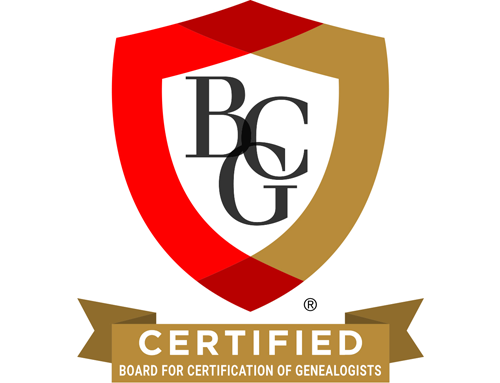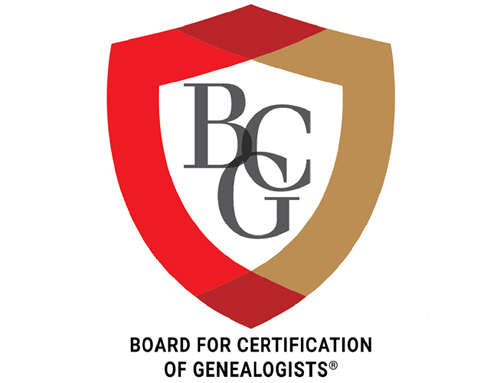By Barbara Mathews, CG®
BCG’s Representative to the Records Preservation and Access Committee
Implementation of Access Restrictions to the SSDI/DMF
The 2013 Ryan-Murray bipartisan budget compromise was signed by President Obama on 26 December 2013. Section 203 of that bill implemented restrictions on access to the Death Master File. The thinking was that the Social Security Death Index (the SSDI is about 60% of the full DMF) was used by crooks to commit IRS tax fraud. Closing it would lower the amount of fraud, saving the government money. The money value associated with fraud reduction became an offset in the budget deal.
Confusion abounded after the bipartisan budget compromise passed. Although there was a 90-day extension for the development of regulations, one congressman thought that the Commerce Department was violating the law by allowing continued access. Although the bill stated explicitly that the fees for certifying access to recent death information could only cover the expense in implementing it, commentators thought that the fees would make it a “money-raiser.” Other analysts pointed out that tax fraud involving the dead constituted only 1.8% of all tax fraud and that nothing was being done about the other 98.2% of fraud.
Section 203 mandates that deaths are redacted from the SSDI until the end of the third calendar year following the death. The Commerce Department was directed to develop within 90 days a certification process for those people who need to gain access during those first three years. That task was delegated to the National Technical Information Services department — the same department that sells access to the Death Master File.
NTIS held an information meeting 4 March 2014 that was attended by about four dozen entities. The attendees represented the interests of life insurance companies, medical researchers, fallen soldier repatriation efforts, state attorneys general, genealogists, and the financial industry. Oral presentations are archived in two batches (Batch 1 contains prepared presentations, beginning with the one by Fred Moss of RPAC, and Batch 2 continues those presentations using a court reporting system [with many transcription errors] as well as presentations from the floor that answered questions asked by the NTIS staff). Follow-up written testimony was accepted until 18 March 2014 and is also archived.
The NTIS regulations are in Interim Final Rule status. They have been published in the Federal Register. To gain access, a researcher must first apply for certification and then subscribe. BCG associate Dee Dee King, CGSM, was an early NTIS Certified Person and subscriber. She describes her experiences here.
At this time, we expect access to deaths that occurred prior to 26 March 2014 to continue as before. We expect that deaths added to the DMF after the implementation of the new regulations will be restricted. Deaths in 2014 will not be posted to the SSDI until the end of 2017.
Genealogists originally gained access to the Social Security Death Index through the Freedom of Information Act. Section 203 removed FOIA protection but the long-term repercussions of that are still unclear.
Update 1: added more accurate description of differences between Batch 1 and Batch 2, courtesy of Fred Moss.
Update 2: added a link to Dee Dee King’s article on the NTIS certification process.
As BCG’s official representative to the Records Preservation and Access Committee (RPAC), Barbara advocates for the concerns of Board-certified genealogists, and participates in RPAC’s monthly conference call. RPAC is a joint committee organized by the National Genealogical Society, the Federation of Genealogical Societies, and the International Association of Jewish Genealogical Societies. Each of these three societies has a vote on the committee. Non-voting representatives are sent by several national groups: American Society of Genealogists, Association of Professional Genealogists, BCG, and ICAPGen. In addition, non-voting representatives attend from two corporations, Ancestry, and ProQuest. Communication is fostered by an email list, monthly telephone conference calls, and the RPAC blog.



